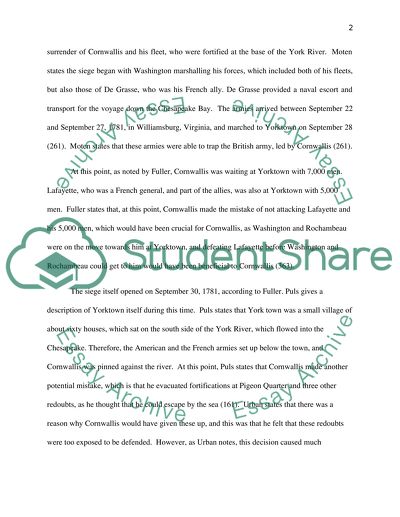Cite this document
(“The Battle of Yorktown Essay Example | Topics and Well Written Essays - 1750 words”, n.d.)
Retrieved de https://studentshare.org/history/1458585-the-battle-of-yorktown
Retrieved de https://studentshare.org/history/1458585-the-battle-of-yorktown
(The Battle of Yorktown Essay Example | Topics and Well Written Essays - 1750 Words)
https://studentshare.org/history/1458585-the-battle-of-yorktown.
https://studentshare.org/history/1458585-the-battle-of-yorktown.
“The Battle of Yorktown Essay Example | Topics and Well Written Essays - 1750 Words”, n.d. https://studentshare.org/history/1458585-the-battle-of-yorktown.


